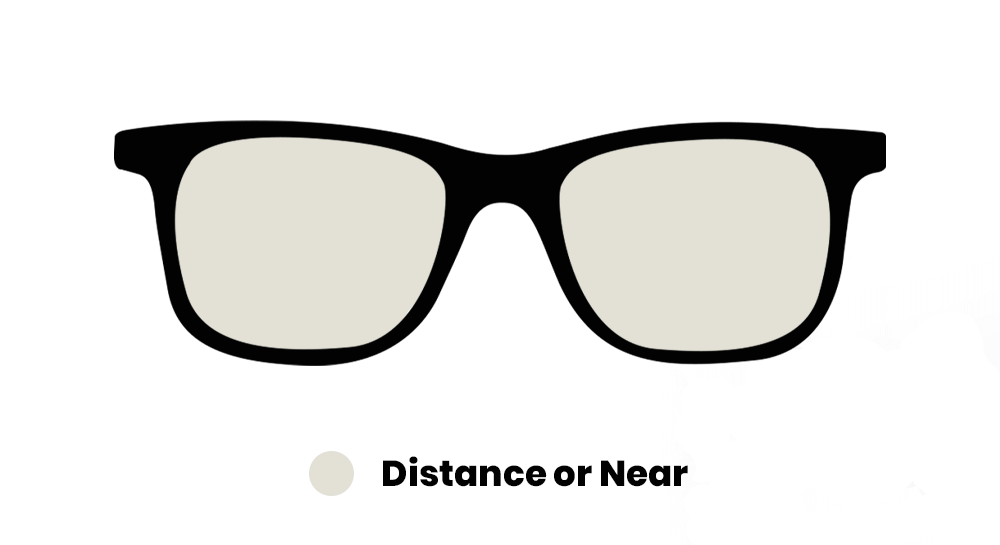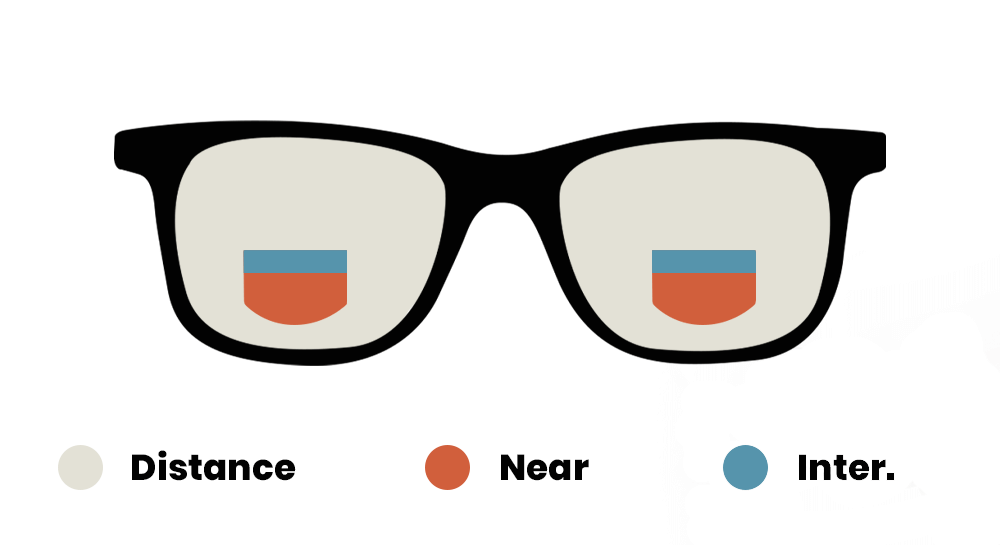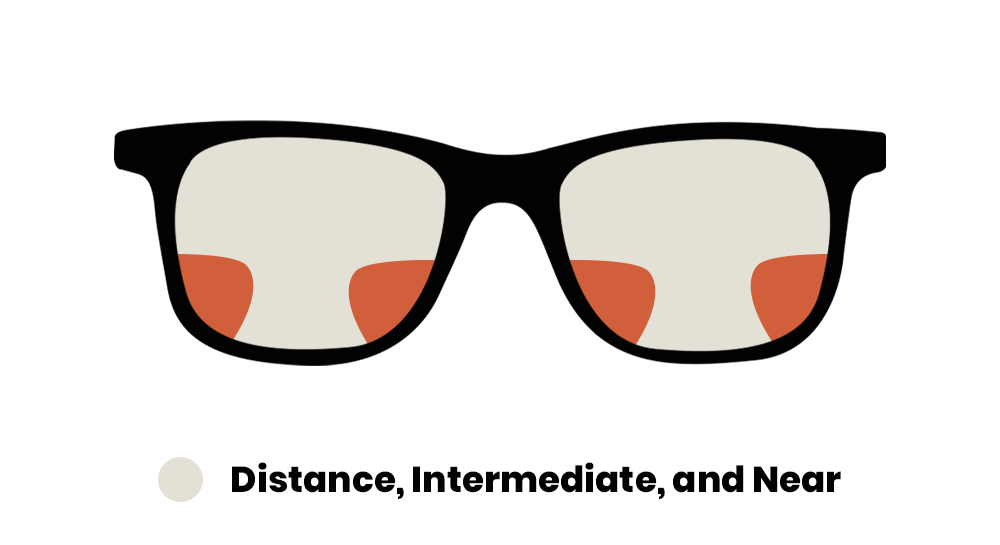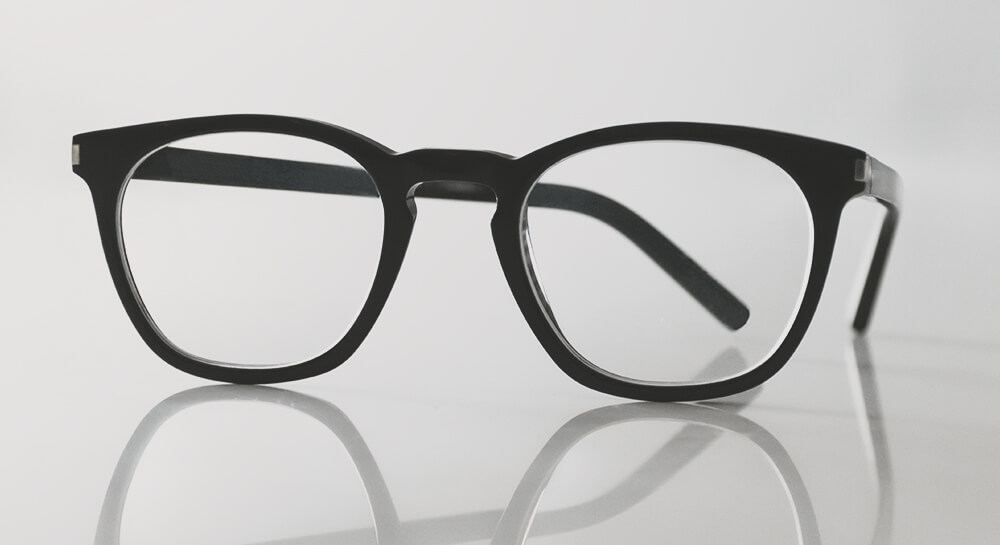If you’ve ever looked at your eye prescription and felt confused by all the numbers and abbreviations, you’re not alone. One term that often raises questions is “axis.” What does axis mean in an eye prescription, and why does it matter?
Let’s break it down in plain English.
The Quick Answer
Axis on an eye prescription refers to the angle (in degrees) that corrects astigmatism by aligning the cylindrical lens in the right direction across your eye. The axis number ranges from 1 to 180 and tells your optician where to position the lens correction to give you the clearest vision possible.
Now, let’s dig into what that really means.
What Is Astigmatism, First of All?
To understand axis, you need to know what it’s correcting: astigmatism. This is a common eye condition where the cornea (the clear front surface of your eye) is shaped more like a football than a basketball. Instead of having one smooth curve, it has two different curves.
This irregular shape can cause blurred or distorted vision because light isn’t focusing evenly on the retina. That’s where cylindrical (CYL) correction comes in, and the axis helps fine-tune that correction.
So, What Exactly Is the Axis?
Think of the axis like a map coordinate. It shows where your eye care professional should place the lens correction to counteract your specific astigmatism.
Here’s how it works:
-
The axis is a number between 1 and 180 degrees.
-
It indicates where the cylinder correction should be placed on your lens.
-
It doesn’t measure how strong your astigmatism is…that’s the job of the CYL (cylinder) number.
-
Instead, it tells the lens manufacturer which direction to position the correction so you see clearly.
You’ll only see an axis number if your prescription includes cylinder correction for astigmatism.
An Example of a Prescription with Axis
Let’s say your prescription looks something like this:
-
OD (right eye): -1.50 SPH, -0.75 CYL, 90 AXIS
-
OS (left eye): -2.00 SPH, -1.00 CYL, 180 AXIS
Here’s what it means:
-
The SPH (sphere) corrects nearsightedness or farsightedness.
-
The CYL corrects astigmatism.
-
The AXIS tells the lab where to align the cylindrical power.
In this case, your right eye has a cylinder power of -0.75 and it needs to be placed at the 90-degree axis for optimal correction.
Is Axis the Same for Everyone?
Not at all. Axis is highly individualized. Two people with the same amount of astigmatism might have completely different axis values. That’s because everyone’s eye shape is unique, and astigmatism can vary in both intensity and orientation.
Why Is the Axis Important?
Even a small error in axis alignment can lead to blurry vision, eyestrain, or headaches. That’s why accurate measurements during your eye exam are essential. Optometrists use a tool called a phoropter to fine-tune the axis during your vision test until everything lines up just right.
Can Axis Change Over Time?
Yes, your axis can shift. Changes in your cornea’s shape, age, or even eye injuries can affect the axis over time. That’s why regular eye exams are key, especially if you wear glasses or contacts for astigmatism.
What If You Don’t Have an Axis Listed?
If your prescription doesn’t show a cylinder (CYL) value, you won’t have an axis either. No cylinder means no astigmatism to correct, and no axis to align.
The axis on your eye prescription plays a small but critical role in how clearly you see the world. It doesn’t indicate strength but direction. If your prescription includes an axis value, it means your lenses need to be aligned just right to properly correct astigmatism.
So next time you glance at your prescription and see something like “AXIS 90,” you’ll know exactly what that means…and why it matters for your vision.























